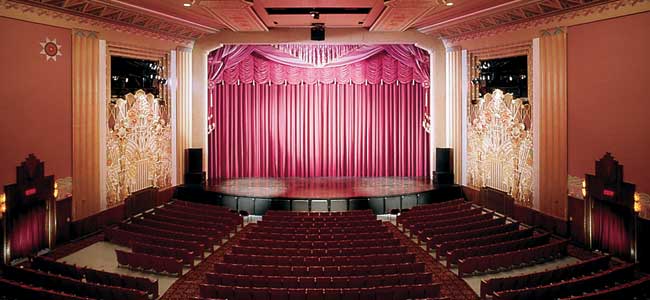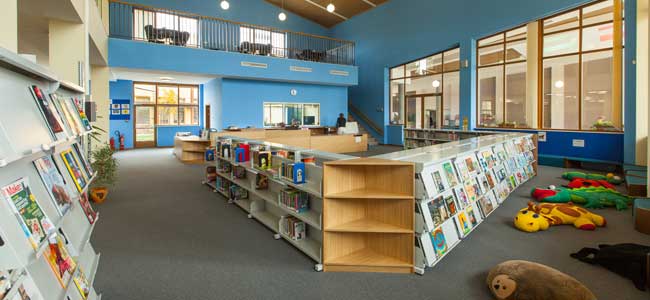Digital Crayon: Flexible Learning Environments
Why Flexible Learning Environments?
In March of 2013, I was invited to speak on the topic of Flexible Learning Environments at the CEESA (Central and Eastern European School Association) conference in Prague, Czech Republic. I learned a lot as I researched and thought about this important topic, which I will share in the next four Digital Crayon articles. Let’s get started.
The first question I asked myself is why Flexible Learning Environments – why are they important? I boiled it down to these reasons:
- To allow for multiple modalities of learning
- To create more effective educational space
- To allow for adaptability in a time of rapid technological and education change
- To increase utilization of a space by using it for multiple functions
Perhaps the most compelling reason is the 21st century learning focus on a learner centered education where students construct their own knowledge through inquiry, often in an interdisciplinary setting. The impact of this idea on educational space is significant. Why is that?
We know that individual students learn in different ways. Some learn best experientially, others through books. Some students thrive in active social learning with their peers, others need quiet, deep immersion space for their success. As we move to align our facilities with these 21st century learning concepts, we need to provide spaces that can be adapted to this wide variety of modalities.
This need for flexibility occurs at many scales, from whole building design to space design to furnishings. These three levels will be basis for the next 3 Digital Crayon articles. However, not all spaces should be designed to ultimately flexible. In fact, despite their limited use, spaces designed for a specific use generally function better for that use than their flexibly designed counterpart. Let’s discuss this phenomenon first.
Why not Flexible Learning Environments?
Above, we make the case as to the importance of flexible spaces. Yet there are certain cases where it makes sense to specialized spaces. The first reason is when there is special and consistent use for a space. A good example of this is a proper theater. While many schools function with multipurpose performance spaces, it difficult to achieve the level of acoustics, sight lines and backstage infrastructure that a theater provides with a multipurpose space.
 Another example is a science laboratory. Labs need gas and water, special countertops, eye wash stations, fume hoods – all of which are difficult to provide in a multifunction space.
Another example is a science laboratory. Labs need gas and water, special countertops, eye wash stations, fume hoods – all of which are difficult to provide in a multifunction space.
Multi-function space also requires additional staffing to set-up and break down the space for a variety of functions. This can include reconfiguring operable partitions and furniture. Nearby storage spaces must also be provided to serve multifunction spaces. Otherwise maintenance staff must cart unused furniture long distances throughout the building. If labor costs are high, adding staff can prohibitive.
Implicit in flexible design are components are that move, slide, reconfigure, etc. As you can probably guess, these components cost more than their fixed counterparts. A good example of this is a demountable wall system. These wall systems can be reconfigured endlessly by a school’s maintenance staff as space needs change. However, they cost 2 to 3 times as much as a conventional wall. As a result, schools often choose the less expensive alternative.
In all of these cases, building owners must weigh the costs and benefits of creating flexible vs single use spaces. The goal is to create well-functioning, high utilized spaces. In the next few articles, we will focus on how to make flexible learning spaces – spaces that are truly multipurpose.
